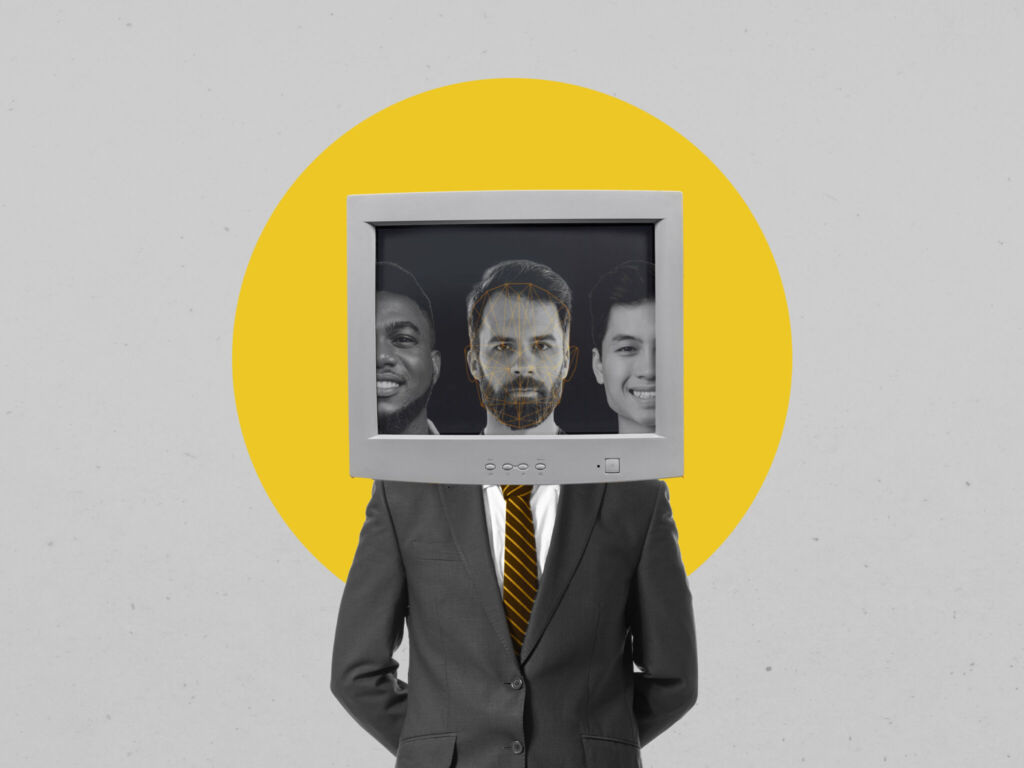They’re so real, it’s almost frightening. That actor you saw doing something you never thought they would, or that politician who said something you wouldn’t have believed in a million years. Thanks to Artificial Intelligence (AI), deepfakes can pretty much make anyone say or do anything — leaving audiences to decide whether to believe what they see or not.
Given the power of influencers and other role models, the implications of this technology for marketing and advertising are exciting, to say the least. As deepfakes continue to evolve in sophistication and at rapid speed, they open up entire worlds of creative possibilities for brands of all segments.
In this article, we take a look at what AI deepfakes are, how some brands have used deepfakes in their marketing, and how this technology is set to disrupt traditional marketing methods.

The term “Deepfake” is a portmanteau of “deep learning technology” and “fake videos”, the former being used to create the latter. Very simply, AI is used to learn what someone’s face looks like from different angles, so that it can be superimposed — with terrifying realism — upon the likeness of someone else.
The AI used for deepfakes is known as the Generative Adversarial Networks or GANS, because of the way two algorithms “clash”. One algorithm generates the fake and the other assesses how well the fake was generated, so that more convincing fakes can be produced.
Learning what someone looks like involves huge amounts of data, which usually takes a long time to process. Recent technological advances, however, have been able to shorten this processing time considerably to just a few hours. And because of the rapid progress made in the field of deep learning, people have been able to come up with fakes that are even more realistic than ever before.
It didn’t take long for the entertainment industry to start using deepfakes, and you’ll easily find several examples here. Similarly, it did not take long for brands across industries to recognise the marketing potential of this new technology and capitalise by following suit. Here are a few examples of campaigns using deepfake technology:
German online retailer Zalando might be said to have been among deepfake marketing pioneers with their campaign featuring Cara Delevingne. Deepfake tech made it possible for the supermodel to appear in 290,000 localised ads.
The award-winning “Not Just A Cadbury Ad” campaign features actor Shah Rukh Khan encouraging people to support local Indian businesses. In an offshoot of the original ad, entrepreneurs are now able to use deepfakes of the actor to promote their small businesses.
Russian telecom company Megafon used a deepfake of Bruce Willis in its ad which, unlike many celebrity deepfake ads, was authorised by the actor himself. However, there do exist other ads around the world featuring Elon Musk, Tom Cruise and Leonardo DiCaprio, which were reported to have been produced without their consent.
Deepfake technology made it possible for David Beckham to speak nine languages in a campaign to raise awareness for the fight against malaria. The campaign is seen as a sterling example of how deepfakes can enable scaling for video marketing at a much lower cost.
Celebrity endorsements aside, AI deepfakes can be used for marketing in other interesting ways. For instance, influencers who look great in photos, but are not as good at speaking may be able to produce other forms of content with the help of deepfake technology. Similar to AR filters, deepfakes can also make it easier for consumers to visualise new fashion styles on different body types.
Talent fees notwithstanding, the cost-cutting benefits of deepfake marketing can easily be seen through the examples of Zalando and Zero Malaria Britain above. The technology makes it easier to repurpose and distribute content, as well as to provide a more personalised experience for consumers. Deepfakes may also be used to give a human face to chatbots or online shopping assistants.
As mentioned in the Megafon example, however, the increasing use of deepfakes in marketing as well as entertainment has raised ethical concerns. While it’s true that astute audiences are able to recognise a deepfake for what it is, the persuasive power of well-executed deepfakes just can’t be denied.
It will be up to the brands and their marketing agencies to exercise caution, prudence and vigilance in making sure deepfake technology is not abused and that consumers are protected.
Staying on top of the latest marketing technology is an essential part of staying in step with the needs and preferences of a tech-savvy target audience. Find out how you can leverage the latest technology trends for your own marketing campaigns. Talk to us at Mediatropy, today.
Don't be shy — say hello and we'll be glad to kickstart your next exciting digital marketing journey.